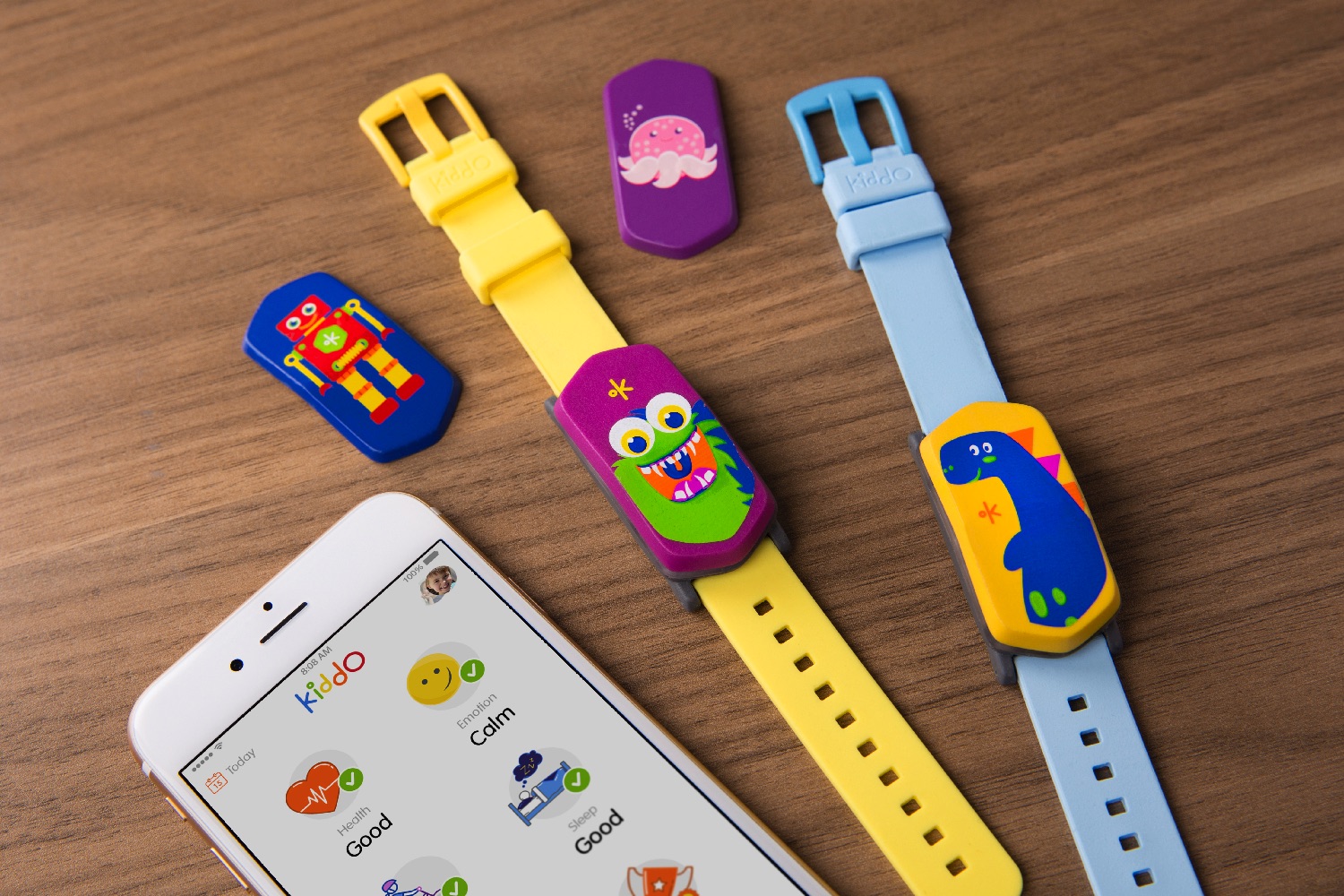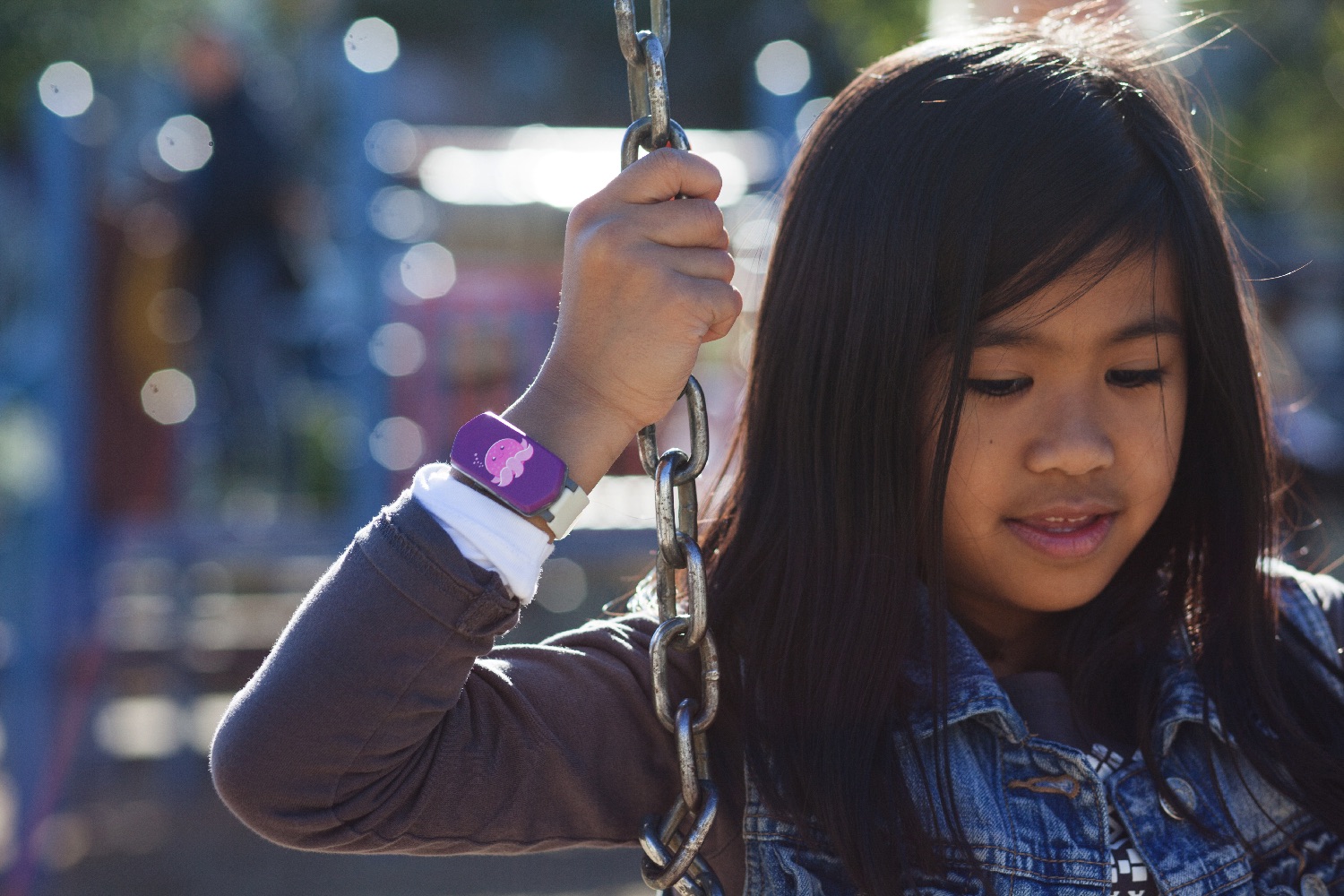Anyone with kids will be uncomfortably familiar with the feeling of helplessness that comes from them getting sick, especially when we’re unsure exactly what the root cause is. That’s what CJ Swarmy experienced when his eldest son Eashan became unwell a couple of years back.
“He’s a typical, active, healthy child who loves to run around, get in trouble, and is especially fond of playing at the Golden Gate Park,” Swarmy told Digital Trends. “One day after one of our play trips, Eashan fell sick, getting a high fever. The next day, when we took him to the doctor we discovered that he had heat exhaustion and a bit of dehydration. Naturally I was scared. I’m a very diligent parent, but I hadn’t seen this coming.”
Fortunately, like so many of these instances, Eashan turned out to be just fine. After the initial scare, he returned to his normal self and, a few days later, didn’t even remember being sick. But Swarmy did experience lasting effects. Feeling shaken by the incident — but also in a position to help change things — Swarmy went away and designed a wearable device to help parents keep closer tabs on their children.
The resulting product, launched by Swarmy’s company Good Parents Inc., is a smart sensor-filled wrist-worn wearable, designed for kids aged 3-10 years old. Currently available for pre-order on Kickstarter, its aim is to monitor key biometrics and detect unusual patterns, so that parents and guardians can use the insights to take effective action in matters concerning their kids’ health and wellbeing.
Features of Kiddo include the monitoring of biometrics such as skin temperature, heart rate, sleep, activity and perspiration levels, as well as keeping track of a child’s nutrition. It uses machine learning technology to take that information and learn what is normal for your kid. If a major change is detected, parents receive a mobile app notification, letting them know their child may be sick, stressed, eating badly, or similar. It can also suggest actions that parents may take to alleviate the symptoms. It even lets parents and children set goals designed to encourage healthy habits, with a rewards-based system that’s triggered when goals are reached.
Kiddo isn’t the only wearable device to be aimed at youngsters, either. While Kiddo is smarter than most, thanks to its use of artificial intelligence, there is a cottage industry of devices focused on tracking children. These include gadgets like the Tinitell, a kids GPS tracker with live map monitoring, which also doubles as a water-resistant, voice-recognition wrist phone.
The rise of the technologies offer some exciting potential solutions, but also raises challenges. Like the age of a child when they get their first smartphone, or the amount of screen time they’re allowed, how young is too young for a wearable device? And do things change if it’s in the interests of their health — or does this come under the same “freedom through surveillance” banner that makes NSA tracking objectionable to many?
The use of technology with kids remains a contentious issue. For example, the late Steve Jobs — an influential leading figures in the high tech world, by any definition — previously spoke out about his refusal to let his kids get hooked on tech.
Back in 2010, one year before his tragic death at the age of 56, Jobs was asked by New York Times writer Nick Bilton what his kids thought of the iPad, which had just launched to great acclaim. Jobs told the stunned Bilton that his kids didn’t have an opinion on it, because they’d not yet tried it. “We limit how much technology our kids use at home,” he said. Jobs’ official biographer Walter Isaacson backed up the story: “Every evening Steve made a point of having dinner at the big long table in their kitchen, discussing books and history and a variety of things,” he said. “No one ever pulled out an iPad or computer. The kids did not seem addicted at all to devices.”
There is, of course, a difference between a device like an iPad and a wearable. One involves screen time and active participation from the user, while the other is designed to operate almost invisibly in the background; requiring virtually no involvement from the person using it. But both instill an early reliance on technology, and use of self-tracking with the understanding that one’s behavior is being measured and quantified by both machines and other users. Such technology could, in fact, be a negative for both parents and kids. It ties into the phenomenon of “helicopter parents” as described in Sherry Turkle’s 2011 book Alone Together: Why We Expect More From Technology And Less From One Another.
“[Helicopter parents] hail from a generation that does not want to repeat the mistakes of its parents (permitting too much independence too soon) and so hover over their children’s lives,” Turkle writes. Turkle describes, not altogether positively, a generation of kids frequently coming from broken families, who have grown up with technologies like metal detectors as standard at schools and airports. “They tend not to assume safe passage,” Turkle writes, and notes that connected devices become “amulet[s] emblematic of safety.”
It’s a fair concern to raise. Today’s generation of wearable-sporting kids will go on to live in a world in which such devices are ubiquitous, and where machine learning-assisted surveillance in smart homes, smart cities, and smart workplaces is pervasive. But what age is too young?
It’s a question that parents and families will have to discuss. Smart wearables like Kiddo share a lot in common with smartphones, another device that may be dangerous for young children. Like phones, smart wearables provide a link between parent and child, giving peace of mind to both parties. Wearable devices also don’t come with some the more obvious downsides of phones, like sexting (although possible hacking is certainly a concern).
But some parents may be uncomfortable with the idea of the quantified kid: a child whose data is being monitored, analyzed, sliced, and diced at a time in their life when they should just be left to be kids. It’s part of a much broader topic that will only become more pressing as today’s generation of kids grows into tweens, teens, and beyond.
No matter what we think about them, kid-centric wearables aren’t just on the way; they’re already here. For better and for worse, some parents are already monitoring their children.







